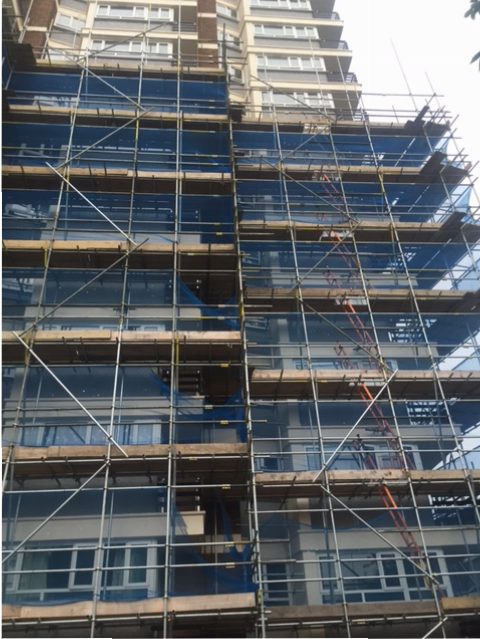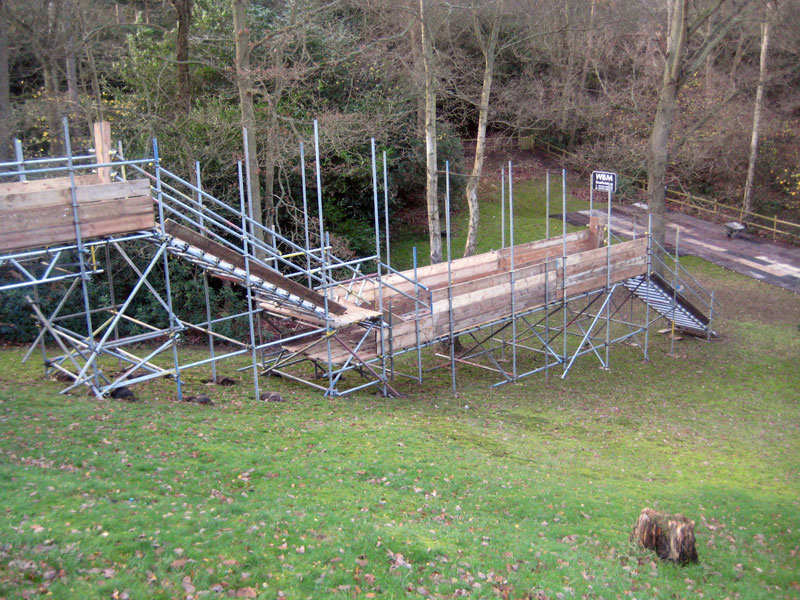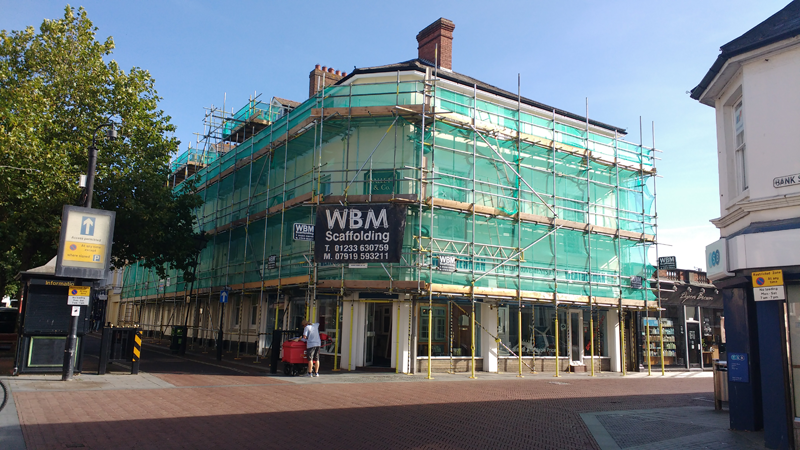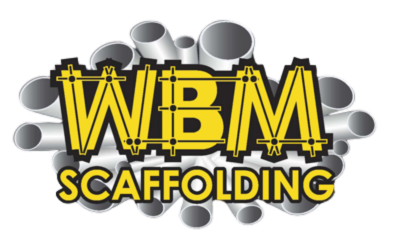If you’re a tradesperson, contractor, or business owner working on or around other people’s property, public liability insurance is something you can’t afford to ignore. Accidents can happen and if they do, this type of cover protects you financially and legally.
In this guide, we’ll explain what public liability insurance is, who needs it, what it covers, and why it’s essential for anyone working in construction or scaffolding across Kent and beyond.
What Is Public Liability Insurance?
Public liability insurance is a type of business insurance that covers you if a third party, such as a member of the public, a client, or a visitor suffers injury or property damage because of your work.
This could be something as minor as a trip hazard or as serious as a falling object from a scaffold that damages a vehicle or causes injury.
Without insurance, you or your business would have to pay for any compensation, legal fees, or repairs out of pocket. With insurance, those costs are covered by your policy, subject to the terms and limits agreed.
Who Needs Public Liability Insurance?
While it’s not legally required in the UK, public liability insurance is essential for most businesses, especially those who:
- Work at client sites
- Operate in public areas
- Use tools or equipment in shared spaces
- Carry out physical work such as building, scaffolding, or decorating
- Run workshops or retail spaces where the public may enter
At WBM Scaffolding, we never begin work without valid public liability insurance in place. It’s a basic but crucial part of keeping staff, clients, and the public safe and protected from financial risk.




Real World Examples, Why This Cover Matters
Understanding the theory is one thing, but here are a few real examples of how public liability insurance might be needed:
- A scaffold pole slips during installation and cracks a nearby window
- A member of the public trips on scaffolding boards left near a path
- Tools fall from height and damage a customer’s car
- Paint splashes onto a neighbouring property during an exterior job
In each case, even if no one is seriously injured, the business could face a claim for property damage or injury. Without insurance, legal costs and damages could run into thousands.
What Does Public Liability Insurance Cover?
While policies vary by provider, public liability insurance generally covers:
- Compensation claims from third parties (not employees)
- Legal costs involved in defending a claim
- Repair costs for damaged property
- Medical costs for any injuries caused
- Court fees and settlements
Some policies also include product liability and accidental damage as part of the cover.
Always check your policy documents to understand exactly what is and isn’t included.
How Much Cover Do You Need?
The level of cover you need depends on the size and nature of your work. Common limits include:
- £1 million – suitable for small, low-risk businesses
- £2 million – standard cover for most trades
- £5 million+ – often required for contractors working in public spaces or on council contracts
At WBM Scaffolding, our commercial scaffolding work across Kent often requires £5 million public liability cover to meet local authority and client requirements.
If you’re unsure what limit is appropriate for your business, speak to an insurer or broker who specialises in your sector.
Is Public Liability Insurance a Legal Requirement?
Strictly speaking, no it’s not a legal requirement in the UK. However, many organisations won’t let you work without it. For example:
- Local councils won’t grant scaffold permits unless you can show valid insurance
- Construction clients often require proof before allowing work to start
- Main contractors may refuse to subcontract to uninsured firms
- Event organisers may need to see your certificate before setup begins
So, while the law doesn’t demand it, most jobs in the construction and scaffolding industry do.
What Happens If You Don’t Have It?
Without insurance, if something goes wrong, you’re fully responsible for:
- Legal defence costs
- Compensation to the injured party
- Property repairs
- Ongoing claims from solicitors or insurers
This could lead to serious financial loss, potential business closure, or damage to your reputation.
How Much Does It Cost?
Premiums for public liability insurance vary depending on:
- Your industry (e.g. scaffolding = higher risk)
- Business size and turnover
- History of previous claims
- Type of work and locations covered
- Level of cover required
As a rough guide:
- A low-risk business might pay £60–£150 per year
- A small trades business may pay £200–£500
- A higher-risk sector like scaffolding can expect £800–£1,500+
It’s always worth shopping around or using a broker who understands your specific trade.
What to Look for in a Policy
When taking out or renewing public liability insurance, look for the following:
- Covers your specific work activities (e.g. scaffolding, roofing, decorating)
- Has an adequate cover limit
- Includes tools, equipment, or temporary structures
- Covers work at multiple sites
- Includes working at height if applicable
You’ll also want to ensure that claims are handled quickly and professionally especially when you’re working to deadlines.
Keeping Your Cover Valid
To avoid issues when making a claim:
- Declare all your work activities honestly when applying
- Update your insurer if your business changes
- Follow health and safety regulations on every site
- Keep accident records and risk assessments on file
- Check expiry dates and renew your policy in good time
Failing to meet your legal obligations or misrepresenting your business can void your insurance.
Scaffolding and Public Liability Insurance, A Must-Have Combination
If you’re working in scaffolding whether for domestic or commercial clients public liability insurance is essential. Scaffold structures often affect both the site and the surrounding area. There’s greater risk of:
- Tools or materials falling
- Pedestrians or vehicles being impacted
- Damage to nearby properties
- Accidents due to weather or vandalism
That’s why we always recommend verifying a scaffolding company’s insurance before hiring. If you’re planning scaffolding work in Kent, you can contact us here for advice or a quote. We’re happy to provide proof of cover, risk assessments, and safe working procedures. You can also check out our Checkatrade.
You can also explore our recent projects and working practices on Instagram.
Conclusion
Public liability insurance isn’t just a box to tick it’s a vital part of running a safe, responsible, and professional business. Whether you’re a sole trader or managing a team, it provides financial protection, supports your reputation, and keeps you eligible for work with larger clients.
While it may not be legally required, most serious clients will expect it, and it could be the difference between landing a contract or not.
If you’re working in the construction sector, especially scaffolding or related trades, make public liability insurance a priority. It’s a small investment for peace of mind and could save your business from major costs later on.
